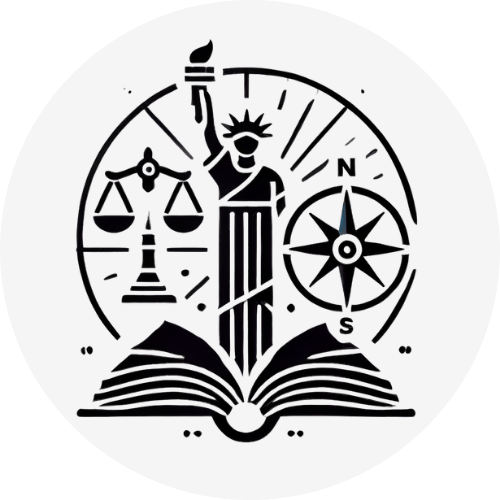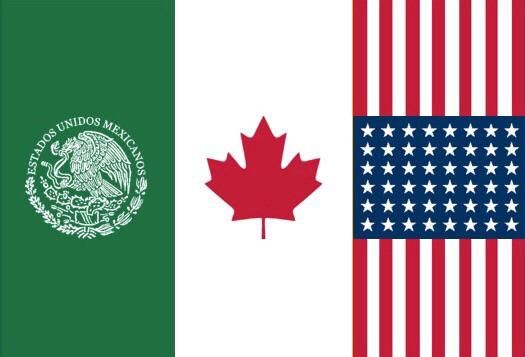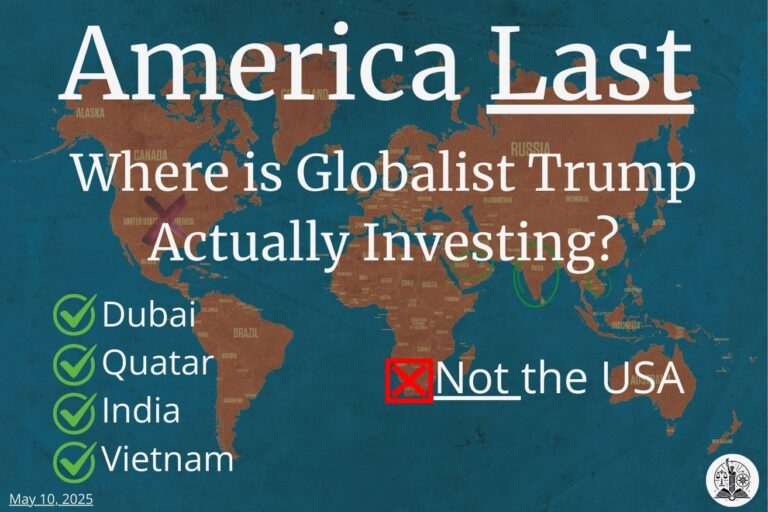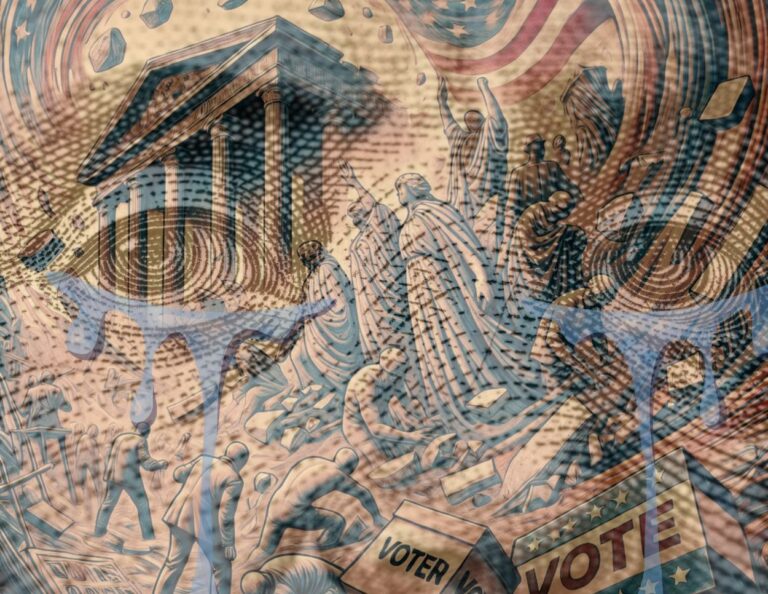Trump’s Tariff Gambit: A Strategic Maneuver or Economic Gamble?
Note – this was initially a post on Facebook, copied and reformatted to this website.
President Donald Trump has once again wielded tariffs as a weapon in international negotiations, this time targeting Mexico and Canada. His administration announced 25% tariffs on all imports from both countries, citing concerns over illegal immigration and the fentanyl crisis. However, after intense negotiations, the tariffs were paused for 30 days in exchange for commitments from Mexico and Canada to enhance border security and drug enforcement efforts.
While Trump’s supporters claim he forced Mexico and Canada into action, critics argue that economic and political pressure forced Trump to pull back. The debate over who truly “blinked” is now at the center of discussions.
Trump’s Move: Tariffs as Leverage
Justification
- Trump argued that Mexico and Canada had failed to adequately address the flow of illegal migrants and fentanyl into the U.S.
- His administration positioned the tariffs as a necessary measure to force compliance.
Scope
- The tariffs were set at 25% on all imports, a move that threatened major industries, particularly automobiles, agriculture, and electronics.
Political Strategy
- Supporters saw this as a high-risk, high-reward negotiation tactic to secure stronger border enforcement without relying on Congress.
- Critics warned of economic fallout and diplomatic strain.
Mexico and Canada’s Threatened Retaliation
The tariffs immediately provoked backlash, with both Mexico and Canada preparing countermeasures.
Mexico’s Response
- President Claudia Sheinbaum condemned the tariffs as “unjustified and harmful.”
- Mexico threatened to:
- Impose retaliatory tariffs on U.S. agricultural products, including corn and pork.
- Reduce cooperation on border security if the U.S. moved forward with the tariffs.
- Pursue legal action against the U.S. at the World Trade Organization (WTO).
Canada’s Response
- Prime Minister Justin Trudeau took an equally strong stance, announcing:
- Retaliatory tariffs on $30 billion worth of U.S. goods, including food, wine, clothing, and household products.
- Liquor ban: Ontario banned U.S. liquor sales, calling American alcohol “garbage.”
- Boycott push: Trudeau urged Canadians to avoid buying U.S. goods.
Both countries argued that the tariffs would hurt American consumers as much as their own economies, warning of higher prices on food, vehicles, and manufactured goods.
The Negotiated Settlement
After days of high-stakes negotiations, Trump agreed to pause the tariffs for 30 days in exchange for security commitments from Mexico and Canada:
Mexico’s Agreement:
- Deployment of 10,000 National Guard troops to its northern border to curb illegal migration.
- Increased cooperation with U.S. authorities on drug interdiction efforts.
- Tougher regulations on fentanyl precursor chemicals.
Canada’s Agreement:
- Appointment of a “fentanyl czar” to oversee drug enforcement coordination with the U.S.
- Creation of a joint U.S.-Canada strike force to combat organized crime linked to fentanyl smuggling.
While the tariffs are temporarily on hold, Trump has made it clear that he will reinstate them if Mexico and Canada fail to meet their commitments.
How the Outcome is Being Framed
Mexican Media Perspective
- Milenio reported that Sheinbaum took a “firm but diplomatic” approach, rejecting claims that Mexico was enabling drug cartels.
- El Universal emphasized that Sheinbaum protected Mexico’s economy while ensuring continued trade relations.
- Many outlets framed the border troop deployment as a pre-existing plan, not a concession to Trump.
Canadian Media Perspective
- The Globe and Mail reported that Canada’s retaliatory tariffs forced the U.S. to negotiate rather than unilaterally impose economic pain.
- CBC News highlighted Trudeau’s call for a consumer boycott of American products, portraying it as a show of Canadian unity.
- Some outlets questioned whether Canada’s security commitments were significant or merely symbolic gestures.
Trump’s Domestic Supporters’ Perspective
- The New York Post framed the agreement as a major win for the administration, arguing that Trump’s tactics worked.
- Fox News highlighted that the mere threat of tariffs led to border security gains.
- Supporters argue that this proves Trump’s negotiation strategy is effective for future trade talks.
Trump’s Domestic Critics’ Perspective
- Critics argue that the tariff threats were reckless and economically damaging.
- Reports indicate that Mexico already had a similar number of troops on the border, making the agreement a continuation of existing policies.
- Canada’s “Fentanyl Czar” was dismissed as a symbolic move with little real impact.
- Some critics believe that Trump manufactured a crisis and then took credit for solving it.
What Happens Next?
The next 30 days will determine whether this temporary resolution becomes permanent or if the tariffs resurface.
Key Questions Moving Forward:
- Will Mexico and Canada follow through?
- If their security and fentanyl enforcement measures fall short, Trump may reinstate the tariffs in March.
- Will Canada and Mexico escalate their responses?
- If Trump renews the tariff threat, expect both countries to reintroduce retaliatory measures.
- Will markets stabilize?
- Businesses remain on edge, unsure whether the deal will hold or if they should prepare for long-term trade disruptions.
- Will this set a precedent for future negotiations?
- If Trump views the tariff strategy as successful, he may use it again in trade disputes with Europe and Asia.
To Wrap it Up
Trump’s latest tariff gambit has been temporarily paused, but underlying tensions remain. Mexico and Canada’s concessions—while portrayed as wins for Trump—are framed differently by each nation’s media, with some arguing they were not new commitments at all.
Meanwhile, Trump’s supporters see the episode as proof that tough negotiation tactics work, while critics call it an unnecessary economic risk.
The next month will reveal whether this was a brilliant tactical move or a destabilizing mistake. Either way, uncertainty lingers.
Sources Include
https://www.eater.com/24349457/trump-tariffs-canada-mexico-food-costs-explained
https://nypost.com/2025/02/01/us-news/mexico-claudia-sheinbaum-canada-justin-trudeau-trump-tariff
https://www.theguardian.com/us-news/2025/feb/01/trump-tariffs-explainer-mexico-canada-china
https://www.theverge.com/policy/603936/donald-trump-canada-mexico-china-tariffs







